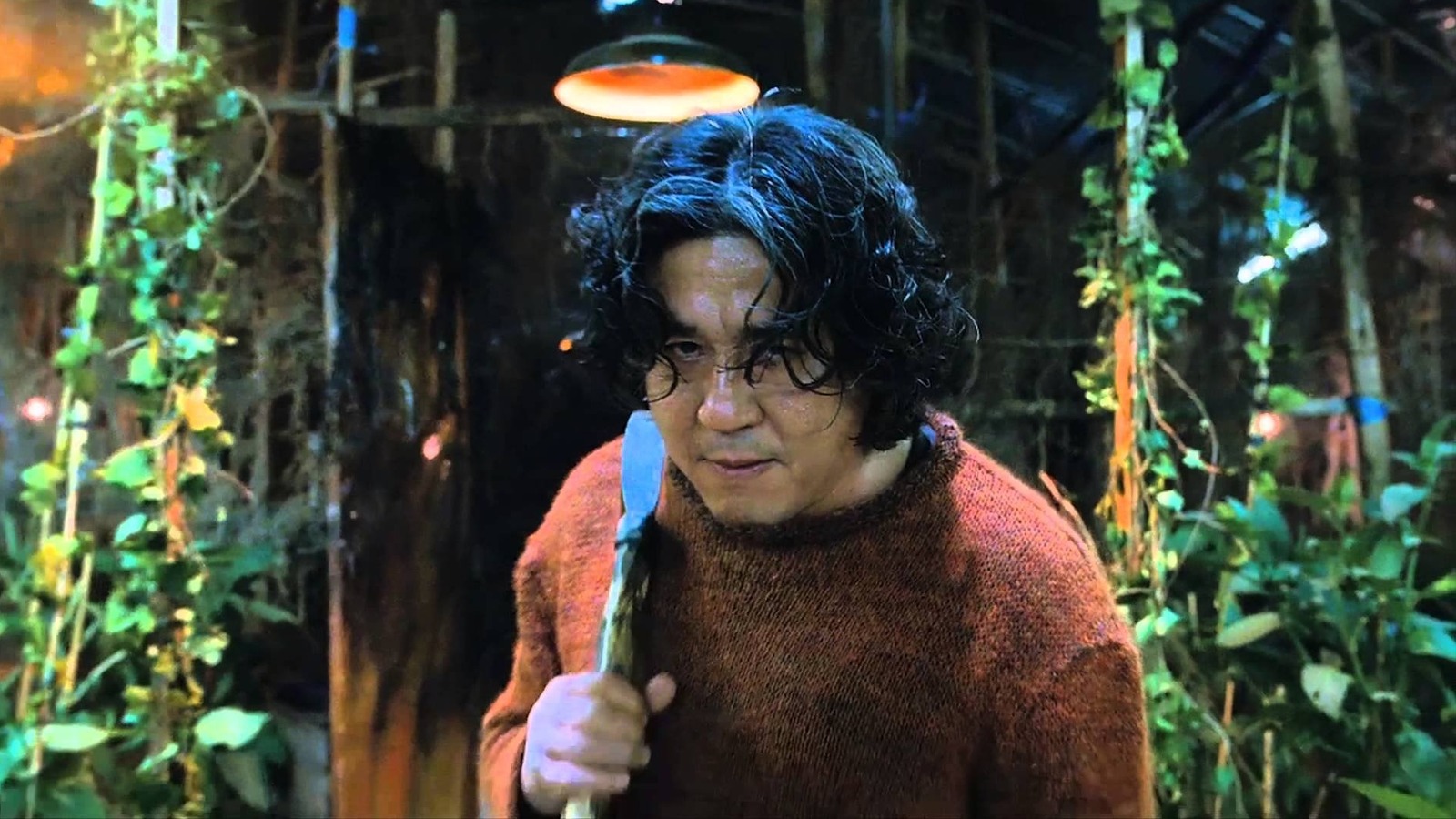
In recent years, Korean films and series like “Squid Game” and “Parasite” (which won four Oscars, including best picture in 2020) have become incredibly popular not just in the U.S., but worldwide. Streaming platforms have made it simple to access global content, casting a big spotlight on Korean cinema today. One genre that Korean filmmakers excel at is horror; they’ve shown great skill in refreshing classic horror elements and setting trends for filmmakers from other countries to emulate.
You might not realize it, but you could have encountered Korean horror films through popular titles like “The Host” or Western adaptations that were based on or inspired by Korean originals. If you’ve watched popular shows such as “Squid Game,” “Parasite,” or other Korean productions that gained traction in the West, you’ve also seen many actors who have starred in some of the most chilling tales from this region. Regardless of your familiarity with Korean horror cinema, it’s not as inaccessible as it seems. This collection highlights underrated Korean horror movies you may have missed and some you might already be aware of or even watched before. Here are the cream of the crop.
Phone (2002)
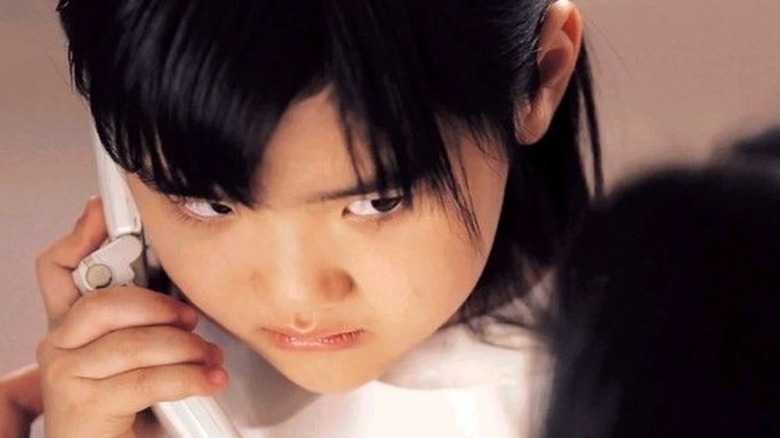
When reporter Ji-won (Ha Ji-won) starts getting threatening phone calls, she initially thinks it’s fallout from a story she recently worked on. The situation becomes so alarming that she needs to change her number and even move. However, the calls persist, even with a new number at her new home. Matters escalate when Ji-won’s niece answers one of the calls, behaving oddly afterward. From there, things spiral as Ji-won gradually discovers the chilling reality behind the persistent phone calls.
In the realm of Japanese horror flicks, “Ringu” and “Ju-On: The Grudge” definitely cast long shadows, given they’re among the scariest movies Japan has ever produced. Yet, if you’re up for something unique, I’d highly recommend giving “Phone” a watch. It masterfully combines supernatural horror with crime drama, and there’s a definite psychosexual undertone that adds depth to the narrative. Just make sure not to get it confused with “The Phone,” a Korean thriller from 2015, as they tell distinctly different stories.
Monstrum (2018)
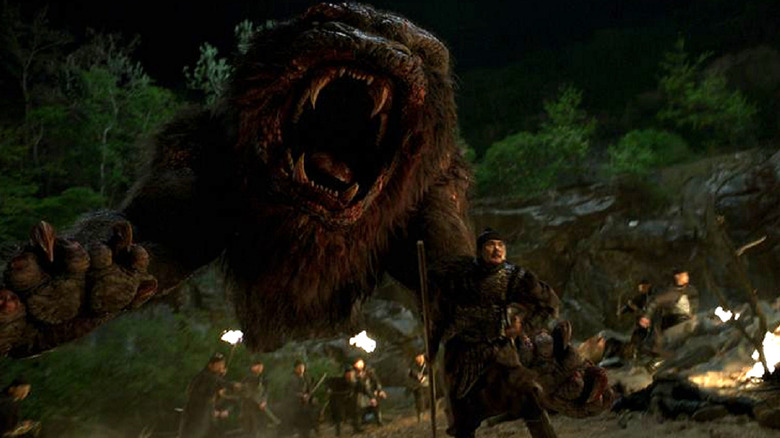
In contrast to the numerous samurai-themed horror movies, the 15th and 16th centuries, especially during Korea’s Joseon dynasty, have not been extensively used as settings for horror films. However, this trend was broken with the release of “Monstrum” in 2018. This film features a terrifying monster that wreaks havoc across the land, leaving a trail of disease in its wake. Unlike many horror movies where the monster is not shown until the end, “Monstrum” decides to unveil its creature early and frequently through impressive special effects and an appealing design for the monster.
The movie titled “Monstrum” was successful at the South Korean box office, outperforming the popular monster horror film “The Predator,” which was also released during the same weekend. Had it received significant promotion from Netflix or another streaming platform in the U.S., it may have gained cult status; however, that didn’t occur. Despite this, it can be found on numerous streaming services, and hopefully, it will eventually find its rightful global audience.
Seoul Station (2016)
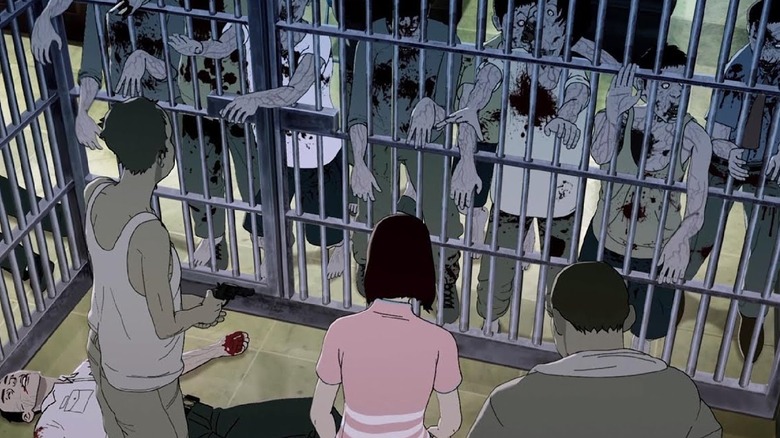
Among all entries, only “Seoul Station” managed to secure two positions on this list. It’s a precursor to a popular Korean horror film that, unsurprisingly, ranked highly. While Japanese anime often dominates the horror genre, Korean animated horror movies are scarce. However, “Seoul Station” didn’t make it here solely due to its rarity; even in the presence of more competition, it would have likely earned a place among the top Korean horror films.
At first glance, “Seoul Station” appears to be just another typical zombie movie, with a character sporting an open wound roaming the title location, and a predictable storyline following suit. However, this film manages to outshine the oversaturated, cliché-filled genre by introducing deeply emotional characters and action sequences that are as brutal as they are captivating. Despite its animated format, it has garnered a perfect 100% Freshness Rating on Rotten Tomatoes, making it a must-see for zombie movie enthusiasts, even those who usually shy away from animation.
The Quiet Family (1998)
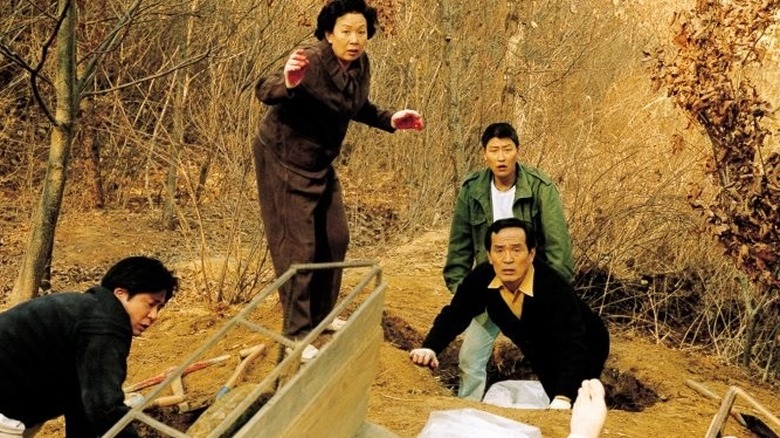
One noteworthy director with several films on this list showcasing his skills in this genre is Kim Jee-woon. It’s no surprise that his earliest film, which happens to be the lowest-ranked, is also the oldest, as he continued to improve significantly after such a strong beginning. In 1998, Kim Jee-woon introduced us to “The Quiet Family,” his debut feature film as writer and director. This story revolves around a hunting lodge that can be rented out, where it seems that every tenant meets with unfortunate accidents. The plot delves into the implications of these events for the family who own the lodge.
In “The Quiet Family”, it can seem like a series of separate scenes, but these pieces effectively combine to create a unified storyline. A significant contributor to this cohesion is the acting and camaraderie displayed by the family portrayed by the cast, with Na Moon-hee, a renowned Korean actor, delivering an exceptional performance as the matriarch. The clumsy family’s reactions and management of the increasing number of deceased individuals create darkly amusing instances that masterfully offset the fear factors.
Three… Extremes – Cut segment (2004)

This anthology, titled “Three… Extremes,” is a compilation of three short films from some of the most distinguished Asian filmmakers, including Fruit Chan (from China) and Takashi Miike (from Japan). However, the main emphasis will be on Park Chan-wook, a South Korean director, and his movie “Cut” within this project. Both “Dumplings” by Fruit Chan and “Box” by Takashi Miike are highly recommended, but for the purpose of this feature, we’ll delve into Park Chan-wook’s contribution to the anthology.
Despite being widely acclaimed for films like “Oldboy” and “The Handmaiden,” Park Chan-wook also demonstrates exceptional talent in the horror genre, as evident in his film “Cut.” The movie begins with a director discovering that an actress from his productions has taken him, his spouse, and another actress captive. He is informed that he must kill the young actress, and his pianist wife’s fingers will be severed one by one until he carries out this act. Remarkably, the plot becomes increasingly ominous and convoluted as it unfolds.
#Alive (2020)
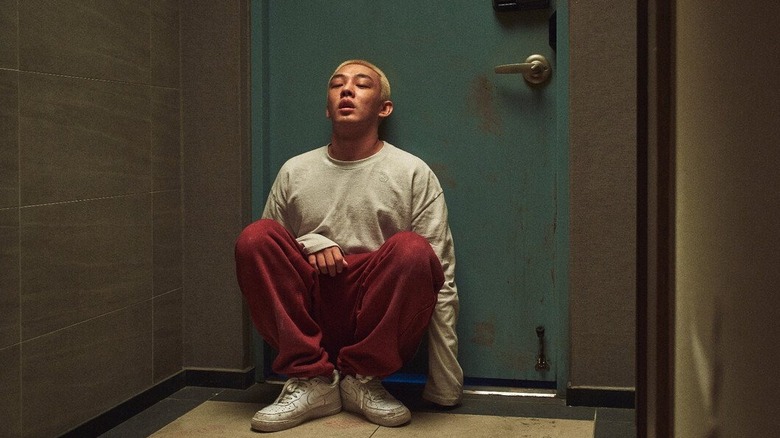
As a gaming enthusiast, it appears that the thrill of surviving in a zombie apocalypse world never seems to fade away, and I couldn’t be happier about it. With productions like the 2020 hit “#Alive” offering innovative spins on this genre, it just shows us there are still plenty of untold stories out there to explore. As the critics on Rotten Tomatoes put it, “#Alive” is “a well-acted, genuinely chilling, and occasionally funny film that proves the zombie genre continues to have fresh tales yet to be told.
The hashtag in the film’s title signifies its focus on a video game streamer named Oh Joon-woo (Yoo Ah-in), who isolates himself in his apartment during a zombie outbreak in Seoul. Contrary to expectations, “#Alive” avoids excessive shaky-cam POV and instead weaves the protagonist’s career and technology/internet connection into the narrative in innovative ways. Critically acclaimed and successful at the South Korean box office, “#Alive” also performed well globally upon its release on Netflix.
I Saw the Devil (2010)
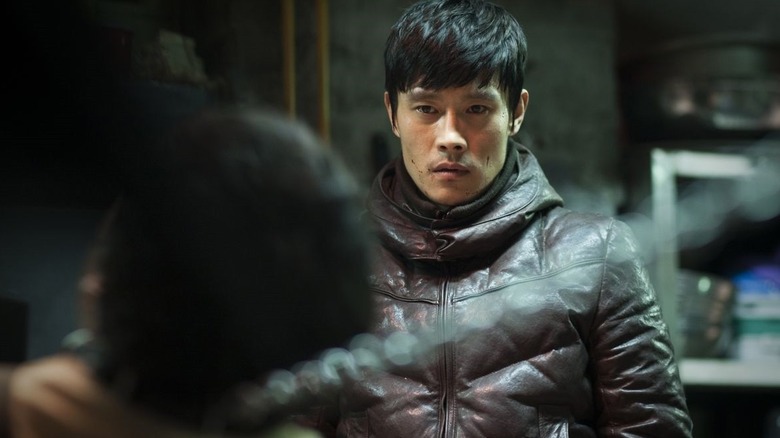
Among the listed projects of Kim Jee-woon, the most recent one, titled “I Saw the Devil”, may not be his best horror film, but it certainly deserves a spot in the top ten. Leading roles are played by Lee Byung-hun and Choi Min-sik, who have gained international recognition as In-ho from “Squid Game” and Oh Dae-su from “Oldboy”. The movie initially follows a traditional revenge narrative, but it soon delves deep into extremely dark and depraved horror themes.
Jang Kyung-chul (Choi), known as a serial killer, carries out unimaginable acts on his victims, before and after their deaths. One of his unfortunate targets turns out to be the fiancée of an intelligence officer named Kim Soo-hyun (Lee). In due course, driven by personal tragedy, he employs his unique abilities to track down the murderer of his future spouse. The intense mental chess match between them is as gripping as any in the realm of similar stories, but it’s when they start to confront each other directly that “I Saw the Devil” takes a dark turn into horror territory and never hesitates to deliver shocking scenes.
Bedevilled (2010)
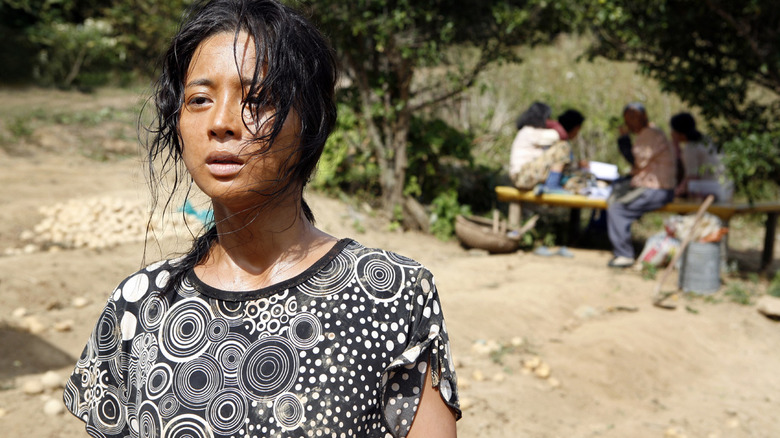
Despite being a first-time directorial venture by Jang Cheol-soo, “Bedevilled” has garnered significant critical acclaim and commercial success, having won numerous awards at international film festivals and achieving box office success in its home country, South Korea. Notably, Jang hasn’t delved into the horror genre since then, but given his relatively young age of 50s, there’s still ample opportunity for him to explore other areas within the film industry. It’s also worth mentioning that creating a remarkable film in a specific genre doesn’t necessarily mean one has mastered it entirely.
In the movie titled “Bedevilled,” a woman named Hae-won (Ji Sung-won) unexpectedly loses her job and decides to revisit an island with a past connection, as suggested by an old friend. However, this trip is far from relaxing. Instead, Hae-won encounters both haunting memories from her past and entirely fresh terrors. The film’s approach, which was both commended and criticized, involves taking its time to unfold the story, building up to the intense, violent scenes in a slow but masterfully constructed manner – a method referred to as a “slow burn” by critics.
Gonjiam: Haunted Asylum (2018)
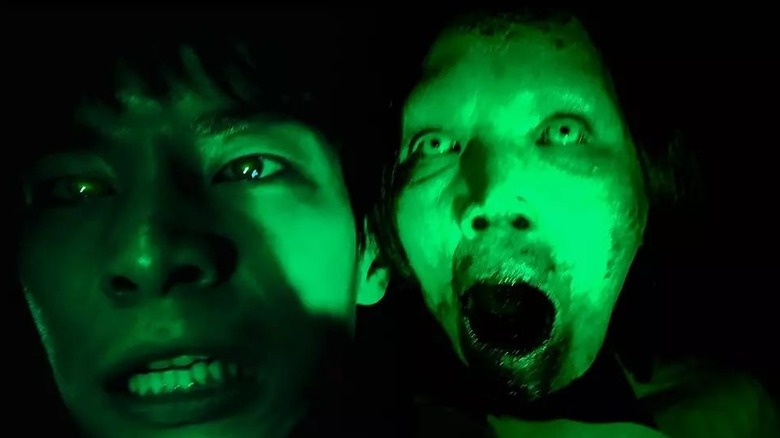
By 2018, it seemed like there were too many found-footage horror movies and films set in old mental asylums, making these subgenres feel overly saturated. Yet, the release of “Gonjiam: Haunted Asylum” that year proved that both approaches could still be captivating, shaking off any remaining doubt about their storytelling potential.
In this movie, a team of YouTube creators specializing in horror content plan to investigate an abandoned mental hospital following the disappearance of two boys who attempted the same venture earlier. Their YouTube channel revolves around staged fright moments, but they plan to recreate these scares again until they come across the fact that creating ghosts and dangers isn’t needed within the genuinely spooky Gonjiam Asylum. Wi Ha-joon, recognized as police officer Hwang Jun-ho from “Squid Game,” portrays the channel leader who leads the unfortunate expedition.
The Wailing (2016)
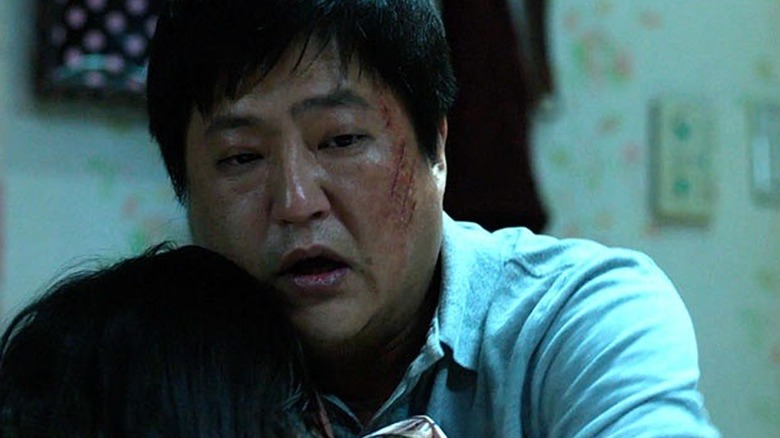
With only a tiny fraction short of a flawless Rotten Tomatoes rating, even close to a decade post-release, “The Wailing” maintains an exceptional 99% score on the platform. Critics universally acclaim it as a captivating, intricately designed mystery whose supernatural chills convincingly outweigh its substantial runtime. Remarkably, for a horror movie – typically known for overstaying its welcome – “The Wailing” manages to hold attention for more than two and a half hours without any moment appearing expendable.
In a small South Korean village, when the daughter of a local policeman is among several inhabitants who are possessed following the arrival of an enigmatic stranger, the officer initially attempts to persuade this newcomer to depart. However, instead of leaving quietly, the stranger refuses and the possessions, along with their violent and lethal consequences, continue to escalate. The situation only deteriorates further, and the measures required to eradicate the evil prove to be extremely costly.
The Housemaid (1960)
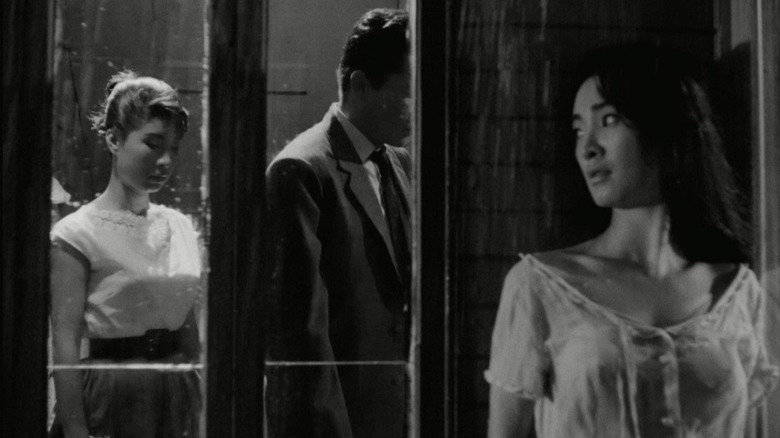
Absolutely, “The Housemaid” is indeed a horror film, but it holds a significant place in the annals of Korean cinema. As acknowledged by the esteemed website KoreanFilm.org, it is often regarded as one of the top Korean movies ever made. Given its standing in the world of Korean cinema, it’s only logical to consider it among the best films within its genre.
In the movie “The Housemaid” directed by Kim Ki-young, a couple brings on a new housekeeper who seems somewhat strange. It doesn’t take long for her behavior to become questionable. Eventually, she coerces the husband into an affair and becomes pregnant. From that point, the situation takes a terrifying turn for all parties involved. To fully appreciate the movie, it’s best to only know the basic plot and be surprised by the shocking events that gradually unfold. A remake with the same title was released in 2011 and received decent reviews, but the original from 1960 is considered superior and should definitely be watched first.
A Tale of Two Sisters (2003)
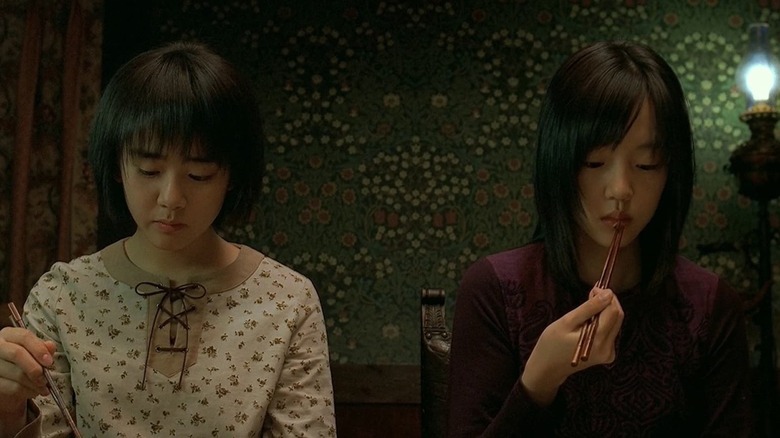
A standout example of terrifying Korean cinema, “A Tale of Two Sisters,” directed by Kim Jee-woon, is a highly acclaimed horror movie that deserves recognition as one of the best Korean films ever made. The American remake, “The Uninvited” (2009), didn’t quite capture the essence of the original. Fortunately, American audiences got to experience the superior version when “A Tale of Two Sisters” became the first Korean horror film to be shown in U.S. theaters.
Drawing inspiration from a widely recognized Korean folktale, which has been adapted into numerous films, the 2003 release “A Tale of Two Sisters” stands out as the most captivating cinematic interpretation of this classic tale. The story revolves around two sisters who were apart for some time, with the elder one being sent to a mental institution. Upon their reunion, their joy is overshadowed by the presence of a new stepmother who strains their relationship. As events unfold, the narrative takes a chilling turn into psychological terror. To fully appreciate this film, it’s recommended to approach it without prior knowledge of its surprising plot twists.
Thirst (2009)
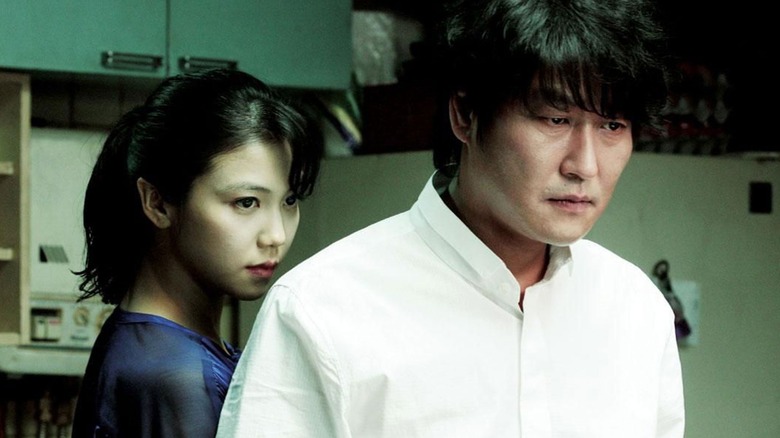
When pondering top-notch vampire films throughout history, you’ll likely find a blend of those adhering to conventional themes and those daring to innovate or surprise in unique ways. Of course, we’re excluding the ones that are based in small-town American high schools with sunlight-resistant vampires instead of the usual burning up in daylight. One standout example, hailing from any nation, of a film that masterfully flips vampire genre conventions is the 2009 release, “Thirst.
In the gaming world of horror and suspense, I found myself immersed in “Thirst,” directed by Park Chan-wook and co-written by him too. This time around, we follow a character named Sang-hyun (Song Kang-ho), a devoted priest who takes an unexpected turn when he volunteers for an experimental virus cure, unbeknownst to him, involving vampire-tainted blood. This transformation into a supernatural being brings about a thirst for something other than the sacred – blood.
However, Sang-hyun doesn’t let go of his virtuous nature easily, even when he finds himself tempted by the wife of one of his friends. The complications mount as their desires collide, leading to a passionate entanglement that neither anticipated or prepared for. This journey through immortality and passion offers a thrilling twist on traditional vampire tales, making it more than just another gaming adventure.
The Host (2006)
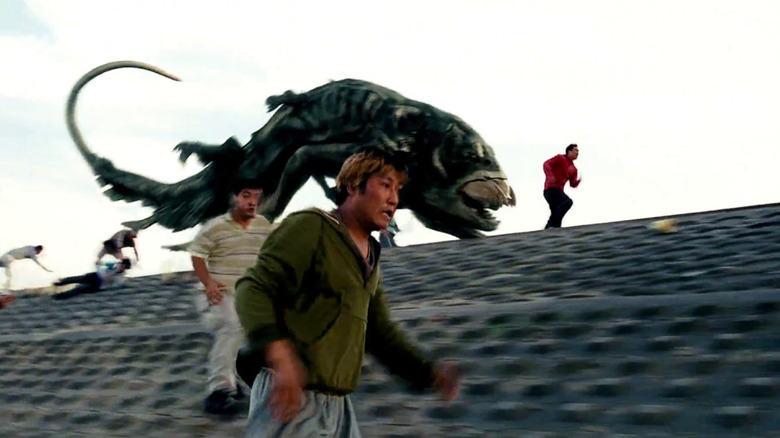
In 2006, “The Host” swiftly gained popularity not only in its homeland but also internationally. For nearly a decade, it was widely recognized as one of the most successful Korean crossover movies, a title it held until another top-ranked film came out.
Bong Joon-ho, the creative mind behind “Parasite,” had long aspired to make a film in the kaiju genre, which he’d admired since childhood. This passion was beautifully reflected in “The Host,” a contemporary masterpiece that stands as one of the best homages to the genre ever made. Much like other kaiju movies, the plot unfolds after a catastrophic contamination of a significant water source gives rise to a lethal monster. While it didn’t secure him an Oscar, “The Host” was showered with nearly 30 awards from international organizations and outlets, both for the director and the cast.
Train to Busan (2016)
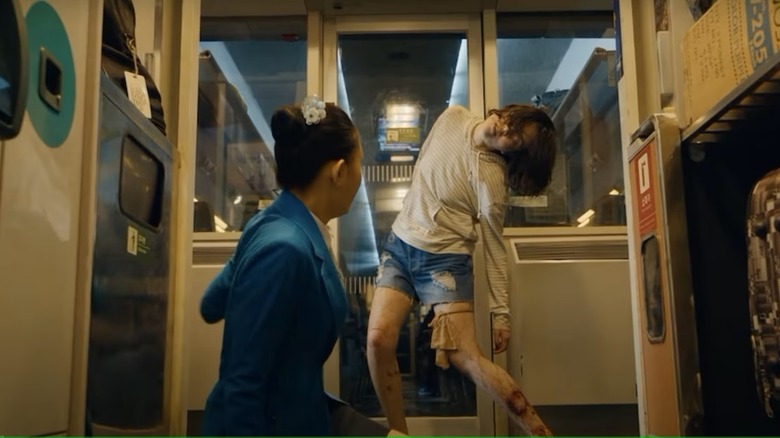
Without a doubt, when it comes to outstanding Korean horror movies, none can surpass “Train to Busan.” This film stands alone at the top, uncontested. It’s important to note that “Seoul Station” serves as its prequel. Regarding additional viewing, “Peninsula,” the sequel to “Train to Busan,” is watchable but not necessarily a must-see.
Regarding the film “Train to Busan,” it’s praised for offering a fresh perspective on the zombie genre, blending action, character development, and social commentary seamlessly. Similar to movies like “The Taking of Pelham One Two Three” (1974 version), “Snowpiercer,” and the iconic Doc Ock fight in “Spider-Man 2,” trains make for an excellent setting for action scenes, and this is especially true when combined with zombies. So, when “Train to Busan” returns to the streaming platforms, do take the time to watch it. It’s one of those rare films that lives up to its reputation as being incredibly cool once you finally get around to watching it yourself.
Read More
- 10 Most Anticipated Anime of 2025
- Gold Rate Forecast
- Pi Network (PI) Price Prediction for 2025
- USD CNY PREDICTION
- USD MXN PREDICTION
- Silver Rate Forecast
- USD JPY PREDICTION
- EUR CNY PREDICTION
- Brent Oil Forecast
- Castle Duels tier list – Best Legendary and Epic cards
2025-02-02 00:31